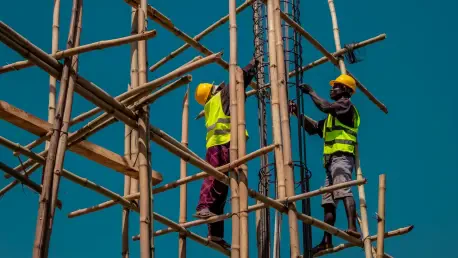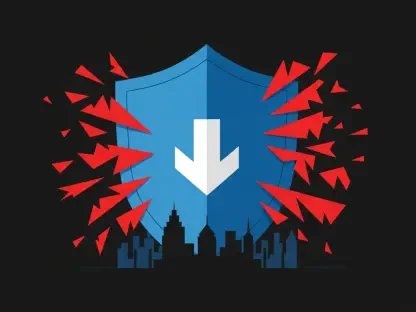What factors make modern construction projects increasingly complex in terms of insurance needs, and how is the industry adapting to these challenges? In recent years, natural disasters have significantly impacted construction globally, with events in 2024 alone causing over $368 billion in economic losses. This staggering figure underscores the crucial role that construction insurance plays in safeguarding the investments tied to these colossal infrastructure ventures.
The Growing Role of Insurance in a Thriving Construction Industry
The global construction industry is currently experiencing rapid growth, driven by massive infrastructure, energy, and high-tech manufacturing projects. As these projects proliferate, the accompanying risk landscape has become more intricate. Environmental concerns and economic volatility add layers of complexity to the risks that insurers need to address. Construction insurance, therefore, has become indispensable in managing this burgeoning array of potential hazards.
Opportunities and Challenges Within the Insurance Market
The construction insurance market presents a mixture of opportunities and challenges, characterized by diverse project types and associated risks. For instance, high-tech manufacturing plants and large-scale infrastructure initiatives each face unique challenges that must be carefully evaluated by insurers. Case studies indicate that projects with clean claims histories and robust risk management strategies receive more favorable insurance terms. Conversely, projects in regions vulnerable to natural disasters or those with complicated engineering challenges experience stricter terms and higher premiums.
Expert Insights and Emerging Industry Trends
According to Aon’s previous reports, the balance between capturing new market opportunities and managing emerging risks is delicate. London underwriters highlight increased interest in Contractors All Risk (CAR) and Erection All Risk (EAR) sectors to capitalize on substantial infrastructure projects. The introduction of innovative insurance solutions, such as parametric insurance, is gaining traction, especially in parts of North America and Australia, where traditional catastrophe coverage becomes untenable.
Strategic Navigation of Emerging Risk Landscapes
To manage the evolving risks within construction, proactive risk management is essential. Employing ESG metrics and digital transformation tools can enhance a project’s risk profile, making it more attractive to insurers. Strategic early engagement with insurers, combined with comprehensive documentation practices, is pivotal in securing advantageous insurance terms. As construction companies navigate these perilous waters, identifying and mitigating risks early on can prove to be a game-changer.
Charting the Path Forward
The global construction insurance market is thriving due to growing demands in the energy, technology, and infrastructure sectors. Insurance firms are adapting to this growth by developing products that align with the intricacies of modern projects. Successful navigation of this market requires a deep understanding of risks, regulatory agility, and the embrace of technological innovations. As the industry advances, maintaining focus on disciplined risk management proves vital to thriving amidst its inherent challenges.









